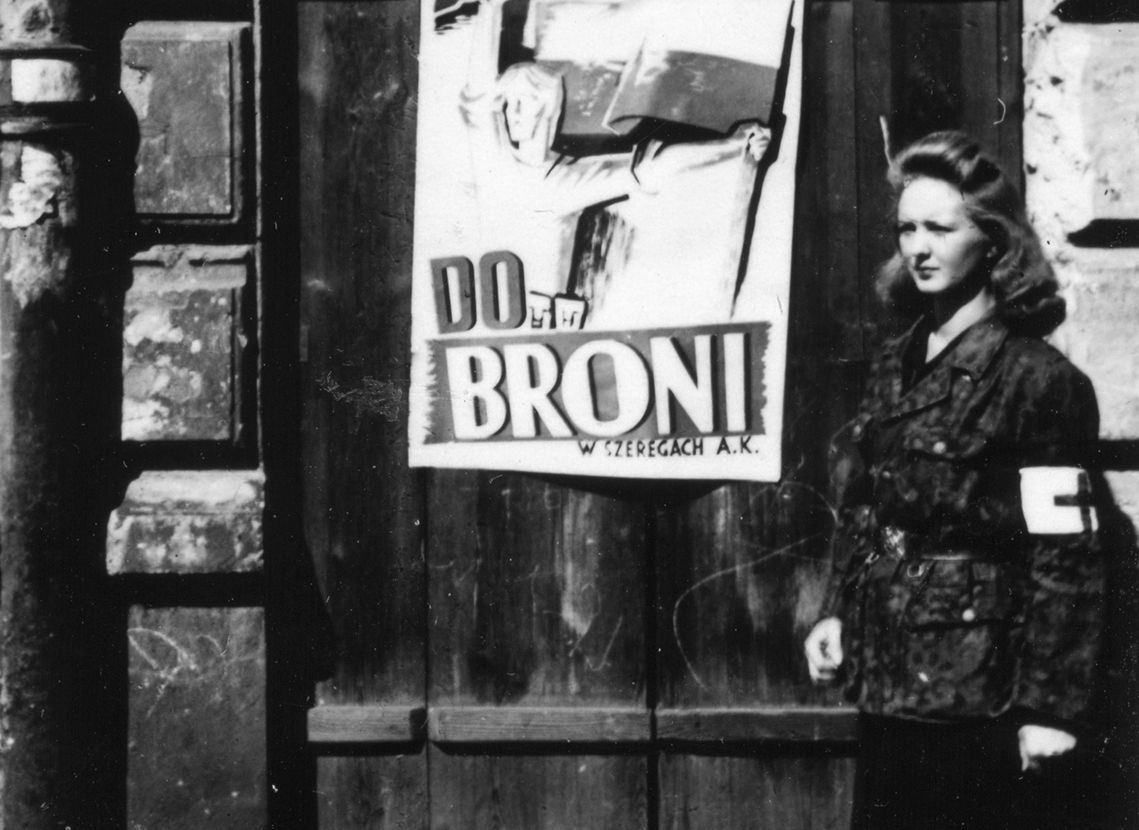Armia Krajowa (Home Army) was probably the biggest resistance movement in Europe. What are its origins?
I pledge to resolutely keep secret whatever may happen to me. So help me God!
- the last lines of oath pledged by new soldiers of Home Army
After the invasion of Poland by Nazi Germany and then Soviet forces in 1939, representatives of the Polish government decided to leave the country as they wanted to avoid being captured and forced to capitulate. Polish Government-in-Exile was created, based first in France and later in London.
During this time the Polish Underground State was also established. It consisted of many institutions mirroring state apparatus. The secret state, supervised by the Government-in-Exile, had its citizens, administration, press, and courts. One of the most important parts of the Underground State was its military arm which continued to fight for freedom against the occupiers.
At the beginning the military organisation was called Służba Zwycięstwu Polski (English: Service for Poland's Victory), but in 1940 the name was changed into Związek Walki Zbrojnej (English: Union of Armed Struggle), also known under the abbreviation ZWZ.
On 14 February 1942 Władysław Sikorski, the General Inspector of the Polish Armed Forces, ordered a further reorganisation of the Underground State’s military arm. Sikorski’s command is considered to be the birth of Armia Krajowa (AK – English: Home Army), though except for the new name the order did not entail any major changes in the organisation itself. The decision was supposed to help raise the profile of the service and boost coordination of all the actions conducted under General Stefan “Grot” Rowecki.
Armia Krajowa just like its predecessors remained an “umbrella organisation” which consisted of soldiers and civilians grouped in more than two hundred different political organisations and military units. In 1944, this powerful mass movement consisted of over 380 000 voluntarily soldiers – more than 10% of Polish citizens. Many historians consider it to be the biggest European partisan movement during the war.
AK soldiers made acts of sabotages like derailing trains and damaging locomotives. They were also responsible for the execution of SS general Franz Kutschera.
Special units performed verdicts of the underground court e.g. death penalty for treason. Different sections were devoted to the gathering and creating weapons, training of new members or contact with other movements.
What is more, AK had its own intelligence and counterintelligence services. One of their most spectacular actions was the interception of the V-2 rocket. It was hidden in the river Bug and later analyzed by the Polish engineers, before being smuggled in parts to London.
But the Home Army did not focus on the military actions only. A special section carried out information and propaganda activities. One of its most top secret projects was “Action N” – counterpropaganda aimed at German soldiers. To break their morals, AK published and delivered well-made fake leaflets which spread pessimistic predictions about the state of Nazi Germany signed by non-existing German underground organisations.
All this collective effort led to the most important action – Operation Tempest in 1944 with the Warsaw Rising as its apogee and a series of smaller risings against German occupiers. The aim was to defeat Wehrmacht and free Poland before the intervention of Soviet Union. On 19 January 1945, two days after Red Army took Warsaw, Armia Krajowa was dissolved by the order of last commander general Leopold Okulicki “Niedźwiadek” who officially disbanded AK and released soldiers from their oaths.
by Antoni Zakrzewski
Bibliography:
- Jan Nowak-Jeziorański, Courier from Warsaw, Detroit MI 1983.
- Stefan Korboński, Polskie państwo podziemne. Przewodnik po Podziemiu z lat 1939-1945, Warszawa 2008.
- Norman Davies, Boże igrzysko. Historia Polski, Kraków 2007.
- Wielka księga Armii Krajowej, Kraków 2015.
- Nr 284 gen. Sikorski do gen. Roweckiego: rozkaz o zmianie nazwy ZWZ na "Armia Krajowa" O. VI L. dz. 627/42. Dnia 14 lutego 1942 r. [w:] Armia Krajowa w dokumentach 1939-1945, t. 2, czerwiec 1941 - kwiecień 1943, Wrocław-Warszawa-Kraków 1990, s. 199.
- scienceinpoland.pap.pl
